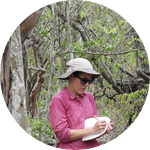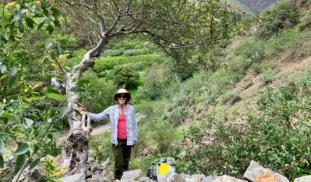Please wait...
About This Project
My project tests the hypothesis that the palo santo tree (Bursera graveolens) consists of multiple, distinct species. I will also quantify genetic diversity in palo santo populations to aid ongoing reforestation efforts. To test my hypothesis and compare genetic diversity levels, I will sequence DNA from 192 palo santo trees. My project will identify new, possibly endangered, species and help to restore declining palo santo populations and its critically endangered tropical dry forest habitat.
More Lab Notes From This Project

Browse Other Projects on Experiment
Related Projects
How do polar bears stay healthy on the world's worst diet?
Polar bears survive almost entirely on seal fat. Yet unlike humans who eat high-fat diets, polar bears never...
Uncovering hidden insect diversity associated with a likely undescribed gall-forming midge
Does a likely undescribed species of gall-forming midge (pers. comm. Ray Gagné) on Eriodictyon plants (Yerba...
Macrofungi of the California archipelago
The eight islands of the California Archipelago are a well-studied biodiversity hotspot — but we know almost...





